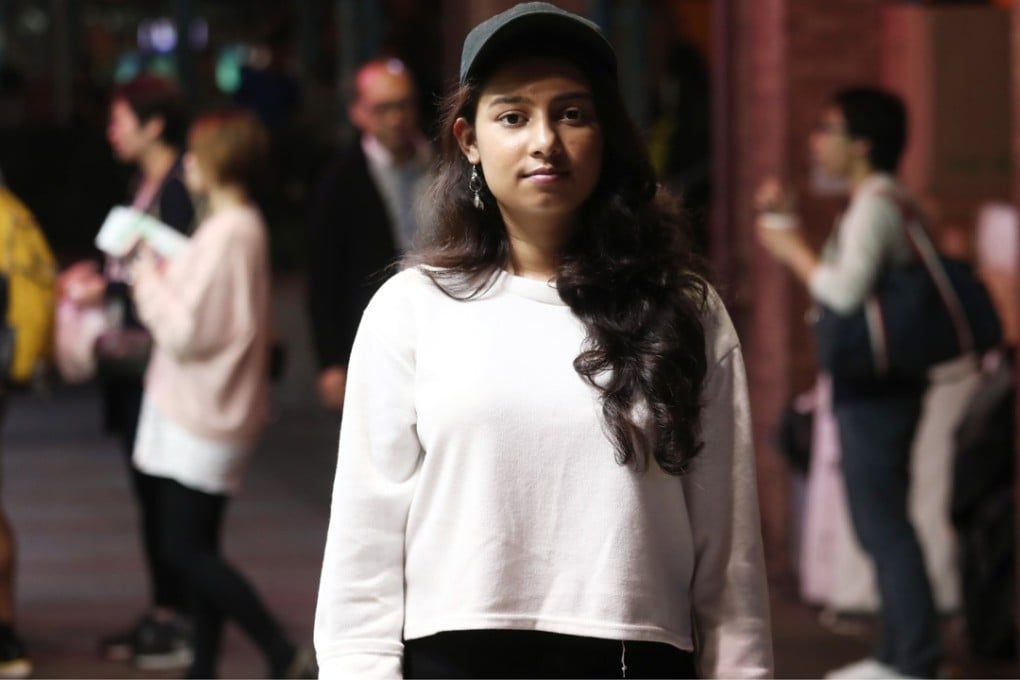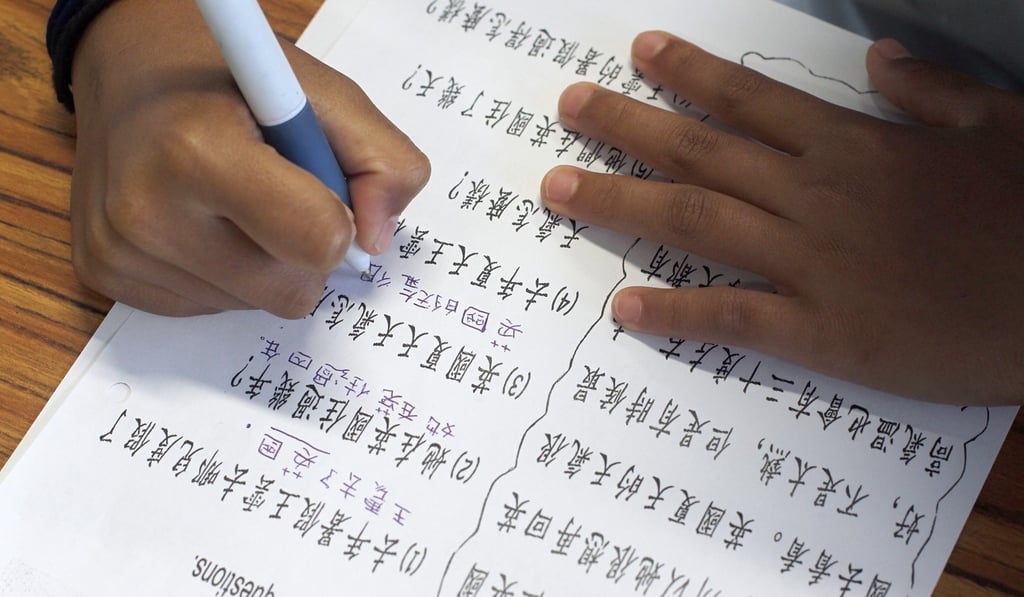The hidden racism plaguing Hong Kong, and how one student is fighting back
Lamia Sreya Rahman is overcoming difficulties with Cantonese and discrimination to help fellow ethnic minority Hongkongers find success

Hong Kong-raised Lamia Sreya Rahman is not yet fluent in Cantonese despite having studied the local dialect for more than a decade.
It’s not because she is lazy or anything to do with her Bangladeshi ancestry. Rather, it’s because what she was taught in school was too simple, according to the 20-year-old. It allowed her to strike up only rudimentary conversations with residents of the city of seven million.
“The content taught in school is frankly too easy and repetitive,” Rahman said at a recent panel discussion at the Hong Kong legislature. “I have been studying Cantonese for 15 years, and I am only able to say: ‘I want to go to the bathroom’, and ‘I want to eat fishballs’.”
Chinese is taught as a second language to ethnic minority pupils in Hong Kong schools. They are allowed to take an easier public examination in the language to secure a place in tertiary education – a policy critics describe as a band-aid remedy for their difficulties integrating with mainstream society. The language, experts say, is the key to social integration and mobility.

Rahman, in her third year of an American studies and criminology course at the University of Hong Kong, said her less than satisfactory Cantonese skills had hindered her integration into society and possibly her future career.
